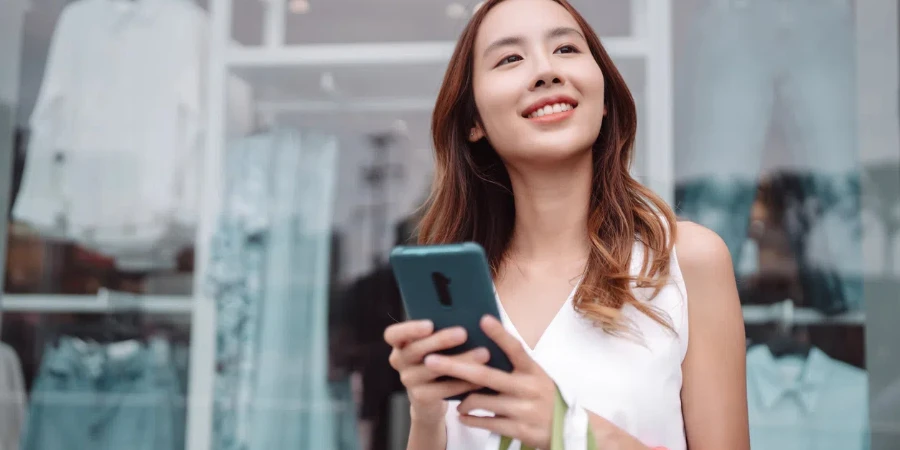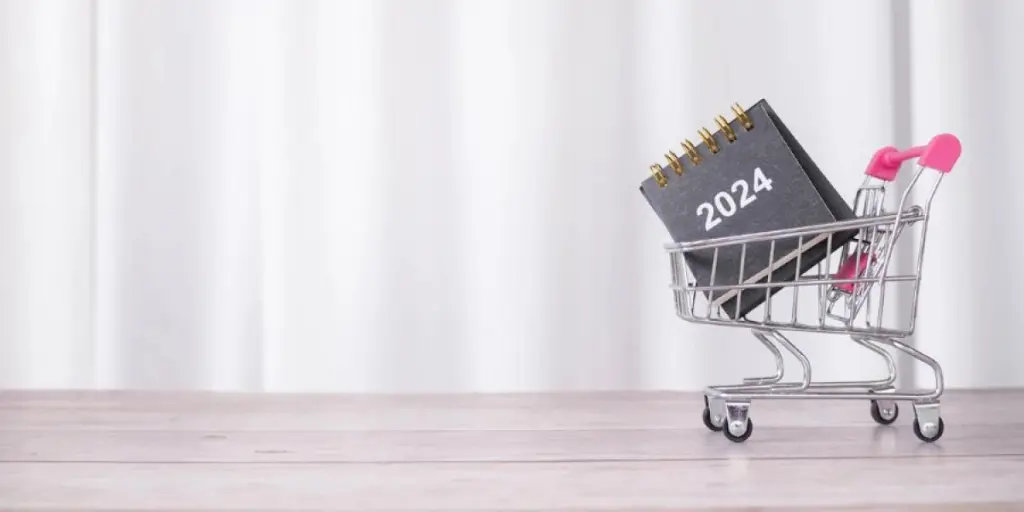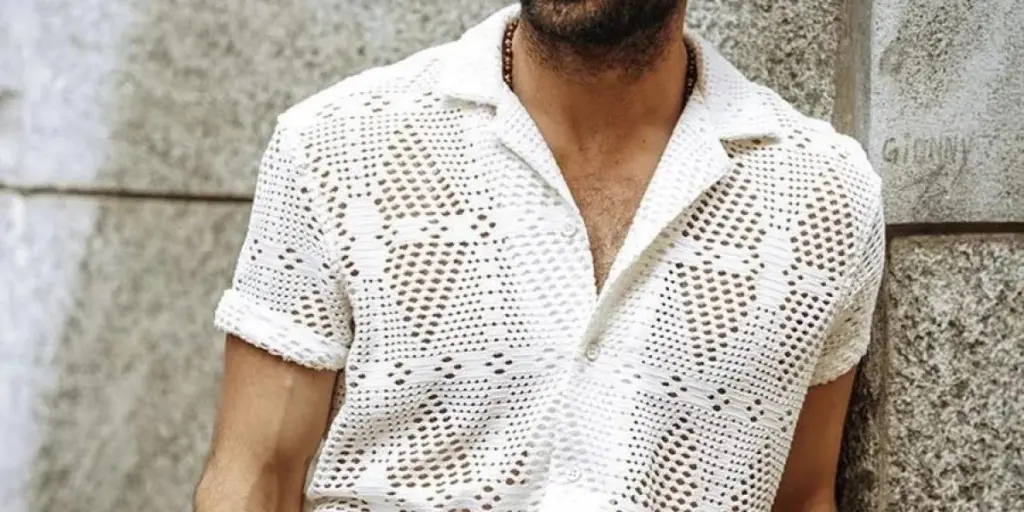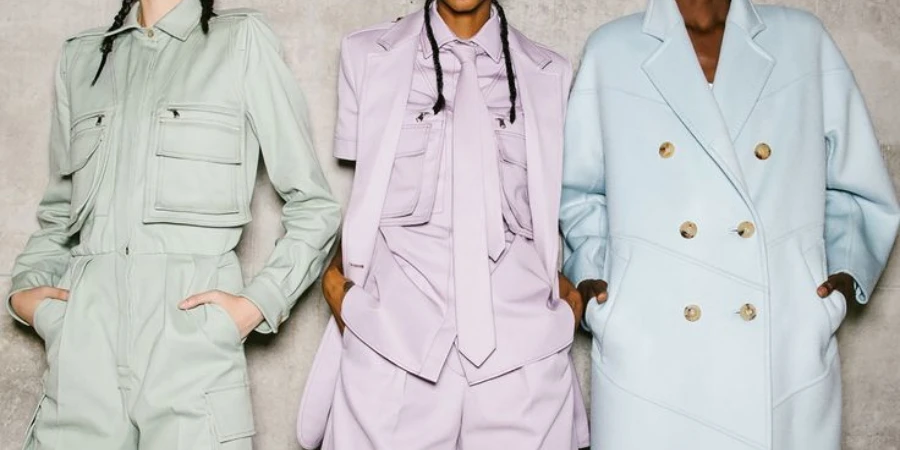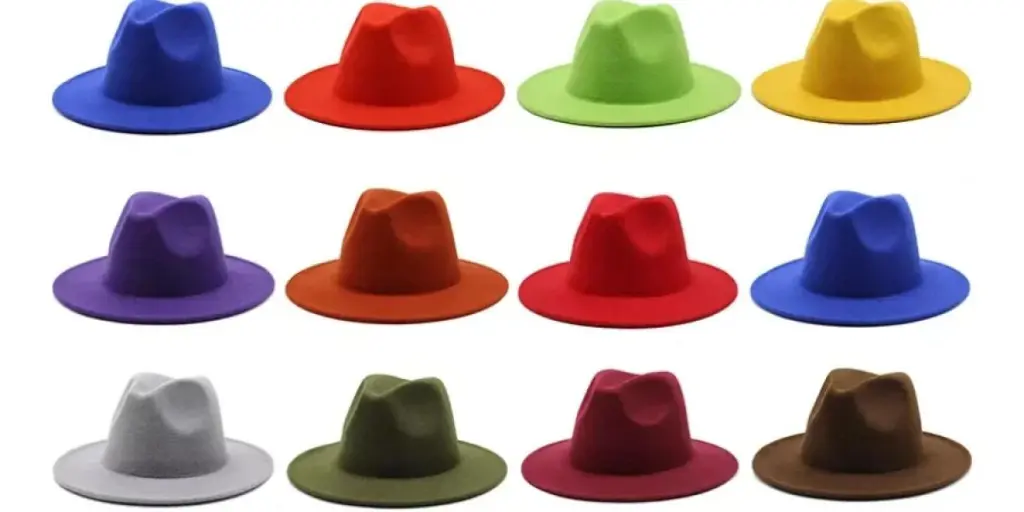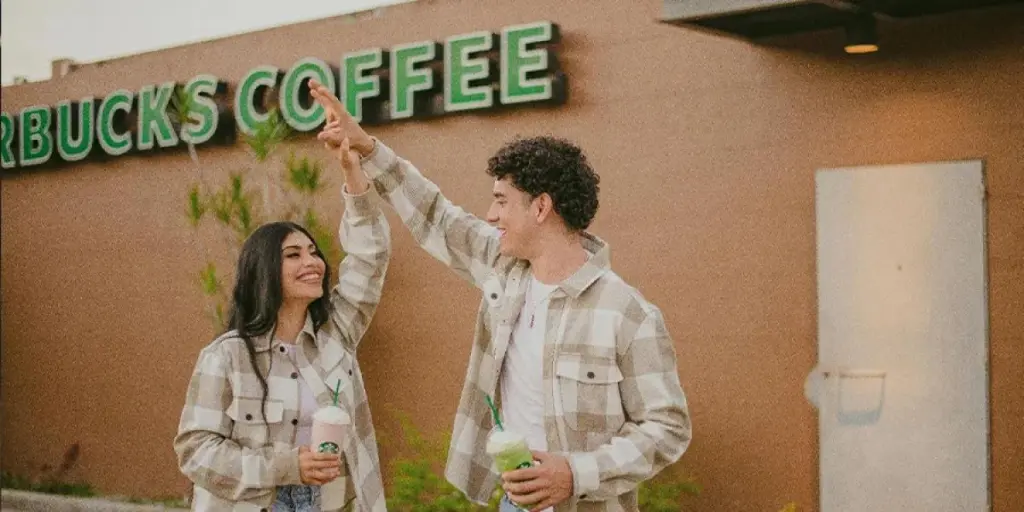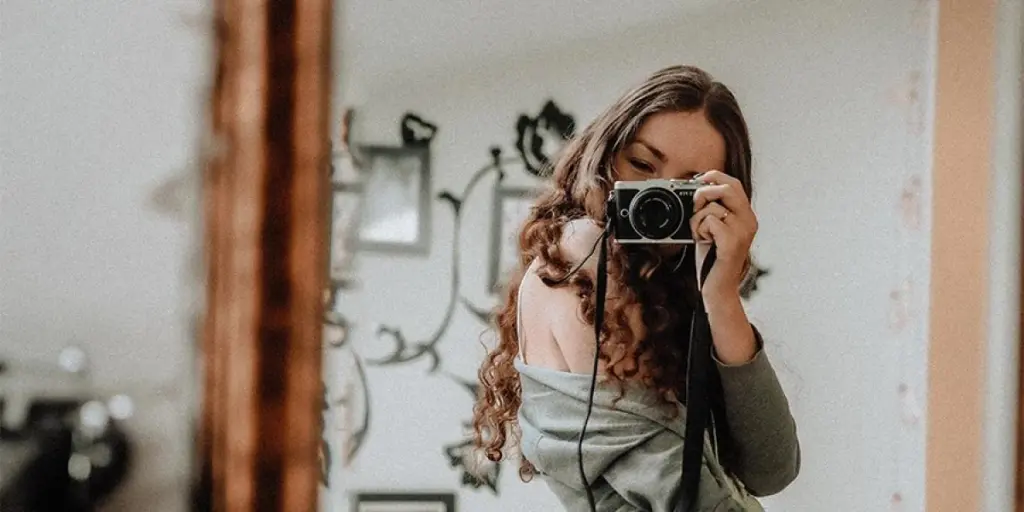Table of Contents
1. Overview of the fashion ecommerce industry
2. Top 7 fashion ecommerce trends to follow
3. Top fashion ecommerce sites to learn from
4. Wrap up
Fashion ecommerce takes up significant space in today’s online retail market. It’s also an industry that keeps growing and evolving.
Nowadays, online fashion is characterized by multiple AI integrations. This includes virtual reality fashion assistants, augmented fitting rooms, AI chatbots, and AI-driven personalization.
These features help businesses improve user experience and drive sales.
With so many trends cropping up and consumer needs shifting every so often, fashion businesses have to be more strategic with ecommerce marketing.
This post discusses the best fashion ecommerce trends of 2024 and how they can help give your business a competitive edge.
Overview of the fashion ecommerce industry
The global fashion ecommerce market is estimated to reach over $1.2 trillion in revenue by 2027, according to Statista.
In the US alone, fashion sales accounted for 20.54% of total retail ecommerce sales in 2023, states Statista in the report published by the Statista Research Department in 2024.
Social commerce is a significant online fashion ecommerce trend, and people use social media platforms like Instagram and TikTok to make direct purchases. This helps increase engagement and sales by making fashion shopping easier and faster.
Aside from keeping up with new trends, fashion brands also need to adapt to the consumers’ evolving mindset toward fashion. An example worth noting is the mindset shift among consumers around sustainability and ethical consumerism.
Millennials and Gen Z are more inclined toward eco-friendly products. To cater to this preference, brands are adopting sustainable practices. There’s also growing pushback on practices that raise environmental and human rights concerns.
Top 7 fashion ecommerce trends to follow
Business owners must stay on top of the latest ecommerce fashion trends to keep up with the competition. Here are a few to look out for:
1. AI-driven personalization
A booming online fashion ecommerce trend is the use of AI for personalization to optimize user experience. This involves using ecommerce AI tools to analyze user behavior and shopping patterns. These tools allow you to anticipate your customers’ needs, thereby improving their experience.
For instance, you can track their past purchases, fashion style, website activity, and more. This is useful in streamlining your user experience, driving engagement, and ultimately increasing conversions.
Here are some ways AI integration can help your ecommerce apparel website:
- Make personalized style suggestions to enhance customer satisfaction by giving them a unique brand experience
- Send customized promotions and messages to increase engagement
- Recommend relevant products to boost sales and customer loyalty as customers will feel that their needs and understood
For more comprehensive results, fashion brands shouldn’t only apply personalization at the beginning of a buyer’s journey. They should also implement it beyond that — even after the customer purchased an item.
2. Augmented shopping experience
One of the greatest concerns for most people buying apparel online has always been whether or not they’ll get a perfect fit.
Augmented reality tools have helped alleviate these concerns. These software solutions use smart fitting technology that allows customers to visualize clothes and accessories on themselves before purchasing.
Here’s how this works:
The tools use your device’s camera to scan your body for a 3D model that matches your size. You can then overlay your chosen apparel or accessories on the model. This provides customers with a virtual experience of trying on clothes in an in-person store.
3. Omnichannel approach
Omnichannel marketing is all about meeting customers where they are. This includes both online and physical spaces.
Creating an omnichannel marketing strategy creates a seamless shopping experience across different online platforms, including social media, SMS, mobile applications, and more.
4. Focus on sustainability
Sustainability and environmental preservation have been rising trends in business in general — and for good reason. This trend has also significantly impacted the fashion space.
Brands have been critiqued for manufacturing practices, especially those that raise environmental and human rights concerns. For instance, we’ve seen the rising backlash against fast fashion and its growing impact on the environment.
A recent study published on Research Gate also linked sustainable fashion practices with environmental preservation by as much as 83%. Consumers are becoming more aware of fashion’s impact on the environment. Ecommerce platforms are responding by offering eco-friendly products and being transparent about supply chain information.
Here are some ways fashion companies are adopting sustainable practices:
- Recyclable packaging
- Organic cotton clothes
- Renting and swapping practices
- Vegan fashion, such as using synthetic materials like wool and silk to avoid harming animals
- Repurposing old clothing
5. Resale marketplaces
The fashion resale apparel market value was estimated at $197 billion as of 2023. This amount is projected to rise by a whopping $100 billion by 2026.
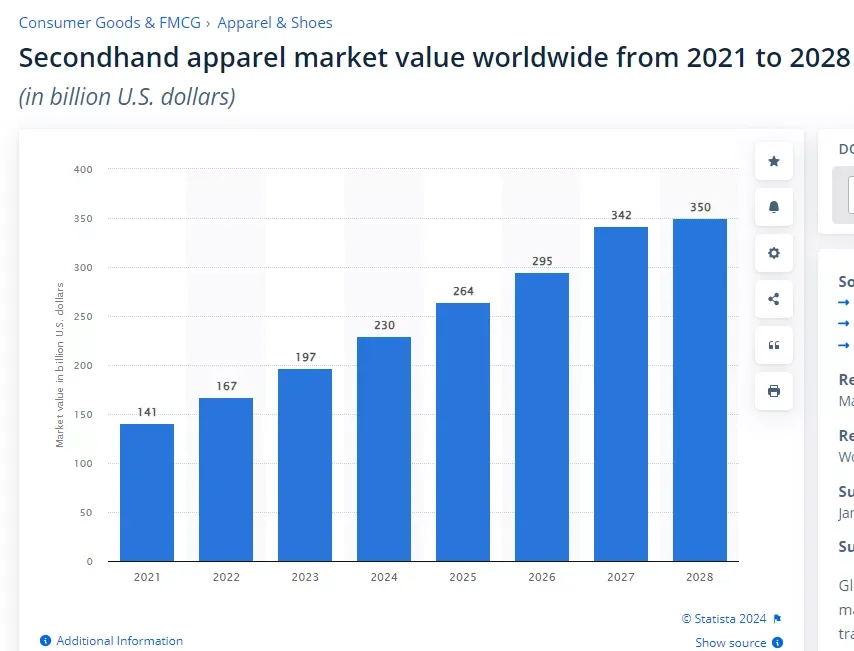
Here’s why:
Practices like fast fashion have been associated with churning out loads of clothes. Due to intense consumerism in fashion commerce, most of these clothes end up in landfills. Worse still, they’re being burned. These practices have resulted in drastic environmental impacts.
Second-hand clothing provides a solution as it adds to the sustainability of the apparel.
Another reason for the popularity of resale marketplaces is their affordability. Lastly, sites like eBay and ThredUp have made it easier for consumers to shop for second-hand apparel. This adds to the accessibility of these types of clothes.
6. Genderless fashion
As society moves away from traditional gender roles, so does fashion. Influenced by this societal shift, genderless fashion has grown popular. This is especially true among the younger generation.
As such, fashion brands are producing more unisex apparel to cater to this growing demand. The marketing campaigns for this type of fashion emphasize inclusivity and authenticity.
This appeals to consumers who value self-expression and diversity. This trend not only reflects changing cultural norms but also encourages a more inclusive fashion industry.
7. Flexible payment options
Another significant development in the fashion ecommerce industry — and the retail space in general — has been the flexible payment options provided. One such option is the ‘Buy now, Pay later’ concept.
Brands collaborate with finance companies that offer microcredit options. This allows customers to pay for fashion items in installments.
Offering various payment options makes fashion more accessible to a broader audience by reducing the immediate financial burden. Through convenience and affordability, customers are more likely to make a purchase and be drawn to your brand more in the future.
Top fashion ecommerce sites to learn from
If you’re looking for some inspiration, here are some of the best examples of apparel ecommerce websites you can check out:
ANEA HILL

ANEA HILL is a luxury sunglasses brand that prides itself on selling uniquely crafted, high-quality sunglasses. The sunglasses come in different shapes and colors and exude elegance and class. It also includes blue block lenses to protect your eyes against blue light.
What makes it a good example?
The images on the site display each pair of sunglasses from different angles, so you get a complete view. This also gives you a good glimpse of how each pair would look on you.
Moreover, the site is easy to navigate, with minimalistic fonts and color combinations. Overall, this fashion ecommerce website appears neat and classy.
Fig & Willow
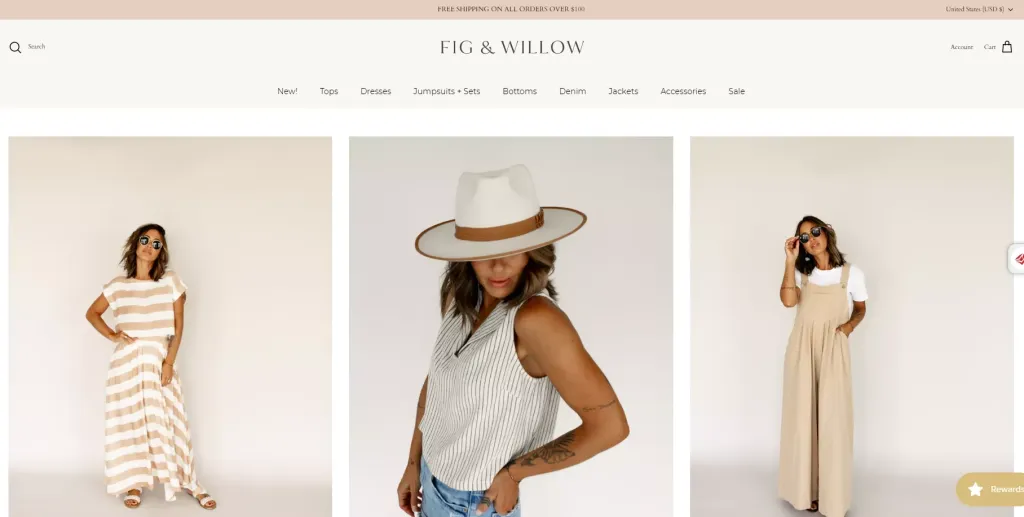
Fig & Willow is a fashion brand that sells women’s clothes and accessories.
The apparel designs are exquisite and inspired by everyday fashion. There are several categories to choose from, from dresses to rompers and two-piece sets.
What makes it a good example?
The catalog on this ecommerce clothing website is well-presented. It includes great pictures of the clothes from different angles and in-depth product descriptions.
Consumers are provided with adequate information, from specific measurements and fabric composition to the size of the model, the size of the clothes they’re wearing, and more. This allows consumers to make an informed decision before purchasing.
Locker Room
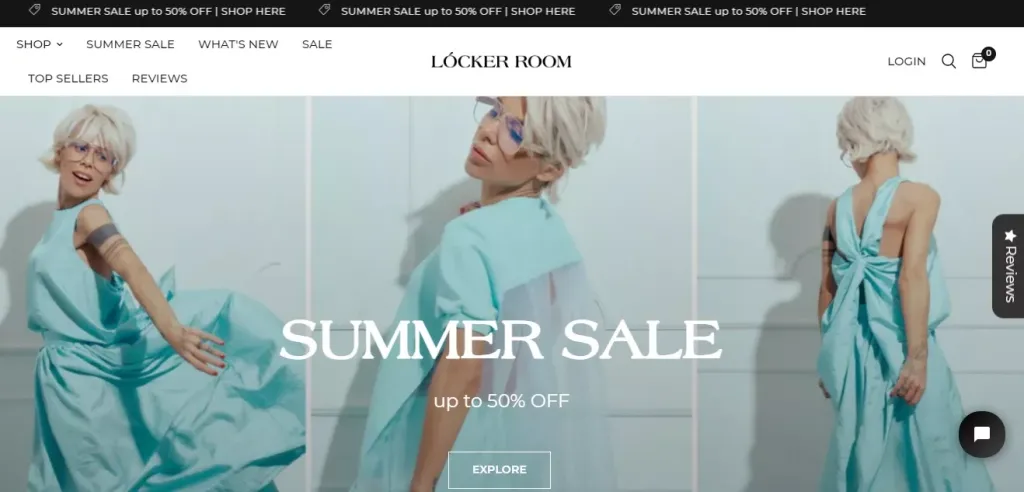
Locker Room refers to itself as the “extravagant fashion” brand made for the urban woman, combining streetwear with a touch of elegance.
This fashion business sells unique and inspired items for bold women with a non-conventional taste.
What makes it a good example?
The unique selling point of this brand is that the clothes are handmade and made to order. Locker Room provides several innovative apparel designs from which to choose.
This fashion ecommerce website also provides clear and detailed instructions on how to take your measurements to ensure customers get the right fit every time. If you’re not satisfied with the clothes, you can return them for a refund within three days of delivery.
Nine Lives Bazaar

This Australian-based brand sells women’s clothes and accessories that are vibrant and colorful with a vintage feel. The brand aims to sell high-quality garments that can be passed on for generations.
What makes it a good example?
Nine Lives Bazaar’s concept is rooted in sustainability. The images are high-quality, with shots taken from various angles to showcase each piece of clothing’s design and fit.
With models that exude boldness and elegance, the entire website does a great job of representing the brand.
The product page contains important details, such as measurements and instructions on garment care.
Favela Clothing
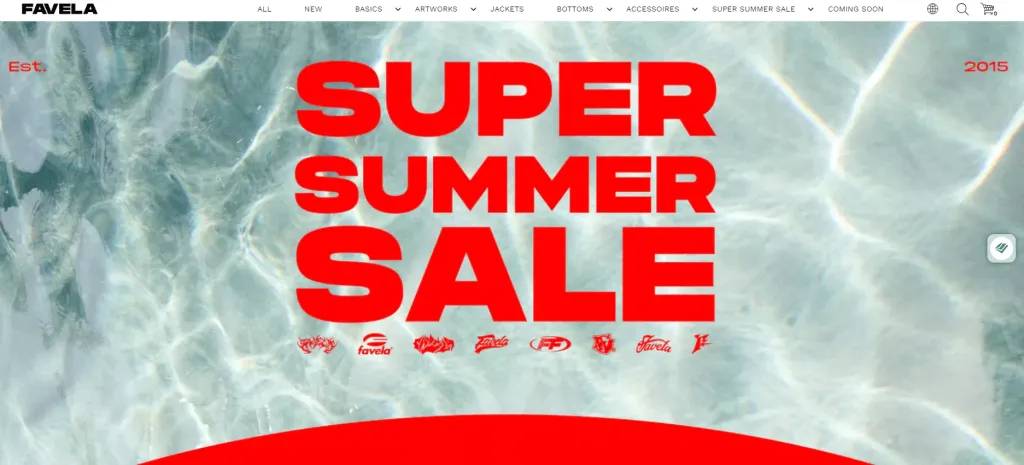
Favela is a fashion brand for male apparel that sells all sorts of casual wear — from t-shirts, shorts, and jackets to chains and hoodies.
What makes it a good example?
The brand has a diverse product catalog for casual men’s fashion, with many items to choose from.
Despite this, the product page is well-organized, and items are easy to find. The product description comes with an exemplary size guide that includes both weight and height.
Wrap up
The fashion ecommerce space is growing rapidly. This requires business owners to track current trends and adopt them where possible to stay ahead of the competition.
Whether you’re looking to drive traffic, lower costs, or boost sales, make sure your user experience comes first.
Practices like data-driven personalization and omnichannel marketing can easily be adopted using the right tool.
Source from Omnisend
Disclaimer: The information set forth above is provided by omnisend.com independently of Alibaba.com. Alibaba.com makes no representation and warranties as to the quality and reliability of the seller and products.
